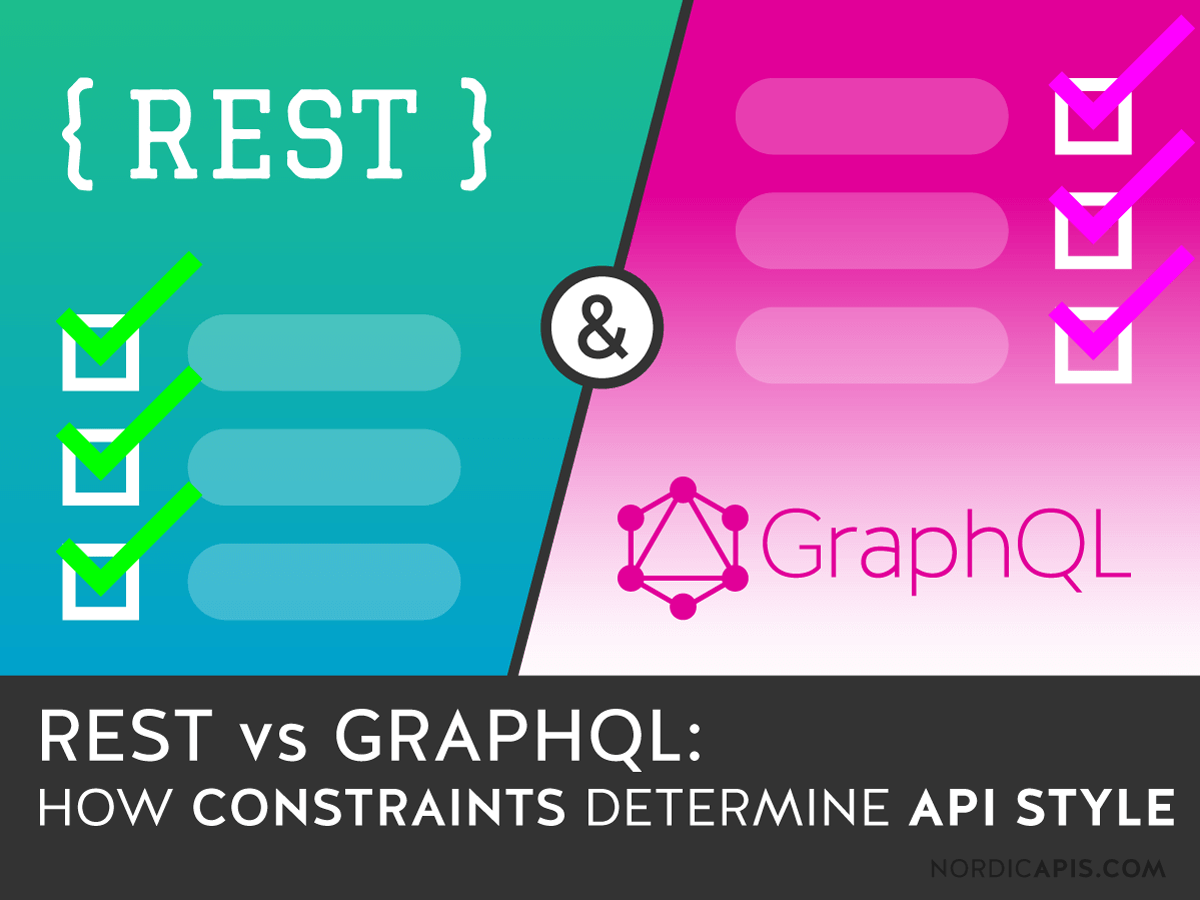

Don’t get mad that a lot of the sections say “it depends”, because the winner in each section really depends on what your API is doing, and how. This article will not attempt to point out a winner, but we’re going to look at a few areas where the two differ. If your API is not using hypermedia controls, then GraphQL could be a more relevant approach, because you weren’t really using REST anyway. When utilizing HTTP, REST can leverage HTTP content-types, caching, status codes, etc., whereas GraphQL invents its own conventions.Īnother main focus for REST is hypermedia controls (a.k.a HATEOAS), which lets a well designed client run around an API like a human runs around the Internet starting with a search for “How to complete my tax returns”, reading a perfectly relevant article, and after a few clicks ending up on BuzzFeed article about Miley Cyrus throwing Liam Hemsworth a “Weed-Themed” birthday party. One of the main tenets of REST is to utilize the uniform interface of the protocols it exists in.

GraphQL is a query language, specification, and collection of tools, designed to operate over a single endpoint via HTTP, optimizing for performance and flexibility. The focus is on making APIs last for decades, instead of optimizing for performance. REST is an architectural concept for network-based software, has no official set of tools, has no specification, doesn’t care if you use HTTP, AMQP, etc., and is designed to decouple an API from the client.

You can definitely use both at the same time.GraphQL isn’t a magic bullet, nor is it “better”.This article aims to cover a few notable differences, and make the following points: GraphQL is a newer concept, being released by Facebook publicly in 2015, whereas REST was a dissertation published by Roy Fielding in 2000, popularized by companies like Twitter (quite inaccurately) in 2006. GraphQL is incorrectly considered by some to be a “replacement” to REST. You will likely get a JSON response, since that’s what most APIs are using these days.A few months back I wrote a comparison between RPC and REST for Smashing Magazine, and now I want to talk about the differences between REST and GraphQL: the new kid on the block. Each resource is identified by a URL, and you retrieve that resource by sending a GET request to that URL. We’ll identify some properties of an API, and then discuss how GraphQL and REST handle them. So what’s the real deal on a technical level? What are the similarities and differences between these two API paradigms? My claim by the end of the article is going to be that GraphQL and REST are not so different after all, but that GraphQL has some small changes that make a big difference to the developer experience of building and consuming an API. But in practice, both of these technologies involve sending an HTTP request and receiving some result, and GraphQL has many elements of the REST model built in. And it’s true - GraphQL can be transformative when adopted in an organization, enabling frontend and backend teams to collaborate more smoothly than ever before. Instead of working with rigid server-defined endpoints, you can send queries to get exactly the data you’re looking for in one request. Often, GraphQL is presented as a revolutionary new way to think about APIs.


 0 kommentar(er)
0 kommentar(er)
